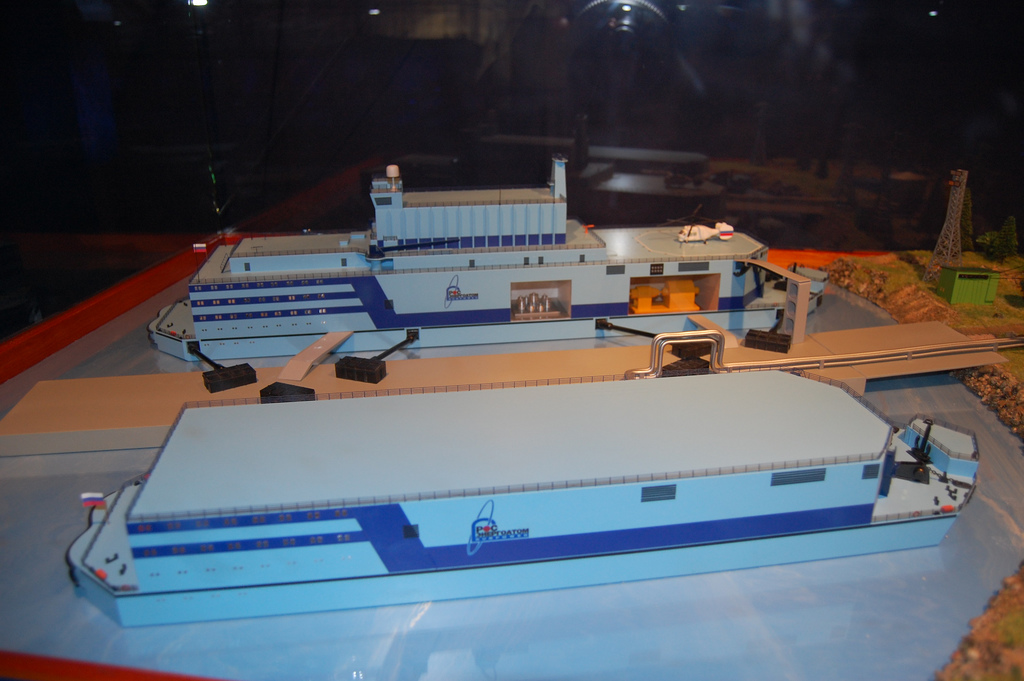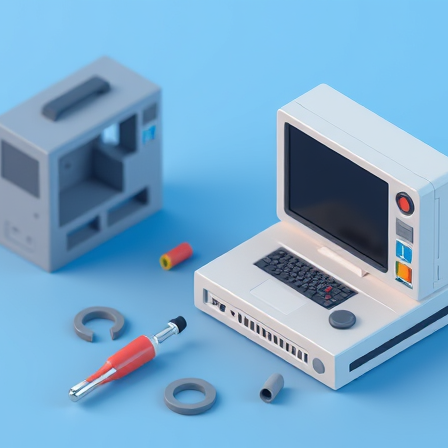
Skymont: Intel’s E-Cores reach for the Sky - by Chester Lam
The 2020s were a fun time for Intel’s Atom line, which went from an afterthought to playing a major role across Intel’s high performance client offerings. Intel’s latest mobile chip, codenamed Lunar Lake, sees Intel’s high performance P-Cores ditch SMT. With P-Cores focusing even more on single threaded performance, E-Cores will play an even more prominent role in boosting multithreaded performance. With Intel facing stronger competition than ever in the laptop scene, power efficiency is also important. Skymont is Intel’s latest E-Core architecture, and replaces Crestmont in the outgoing Meteor Lake mobile chips.
In Lunar Lake, Skymont serves both of those goals. Meteor Lake’s two levels of E-Cores have been combined into one in Lunar Lake, designed both to boost multithreaded performance and handle low priority background tasks. Meteor Lake boosted multithreaded performance with Crestmont E-Cores attached to the ring bus and L3. Two other low power Crestmont cores sat on a low power island to handle background tasks and let the higher performance cores power down more often.
Lunar Lake’s quad core Skymont cluster sits on a low power island, letting it handle light background tasks without waking the P-Cores. But it’s also on the same TSMC N3B process node as the P-Cores, and gets an improved cache hierarchy compared to Meteor Lake’s rather weak low power E-Cores. That combination lets Skymont serve both roles with a single core variant. Intel evidently decided more core levels wasn’t a good thing. They also decided just four E-Cores would be adequate, so Skymont has some big shoes to fill.

















